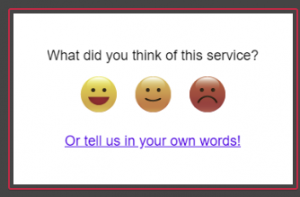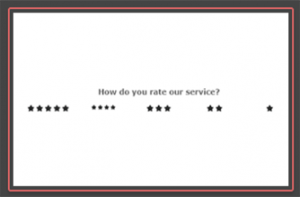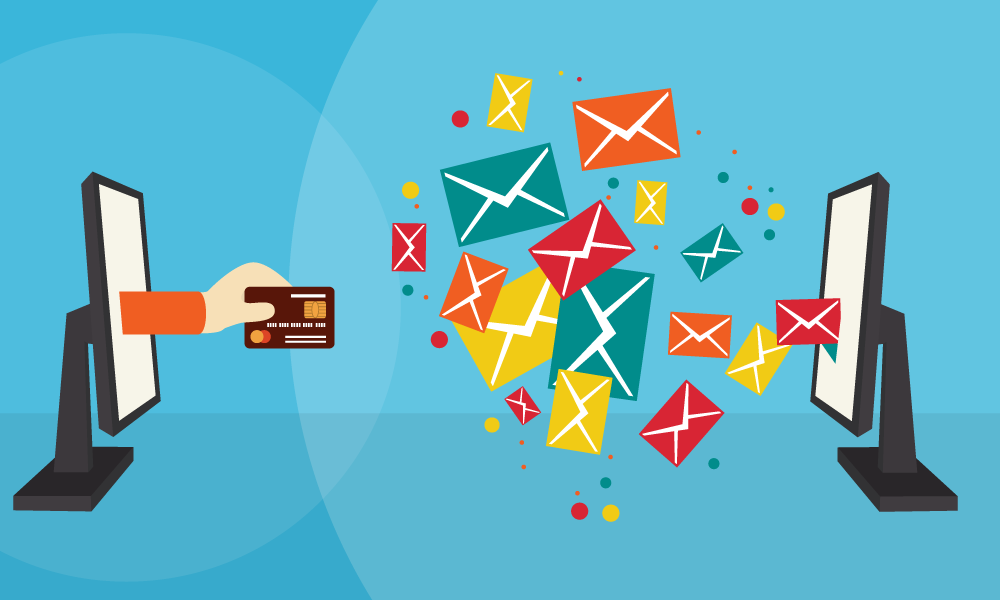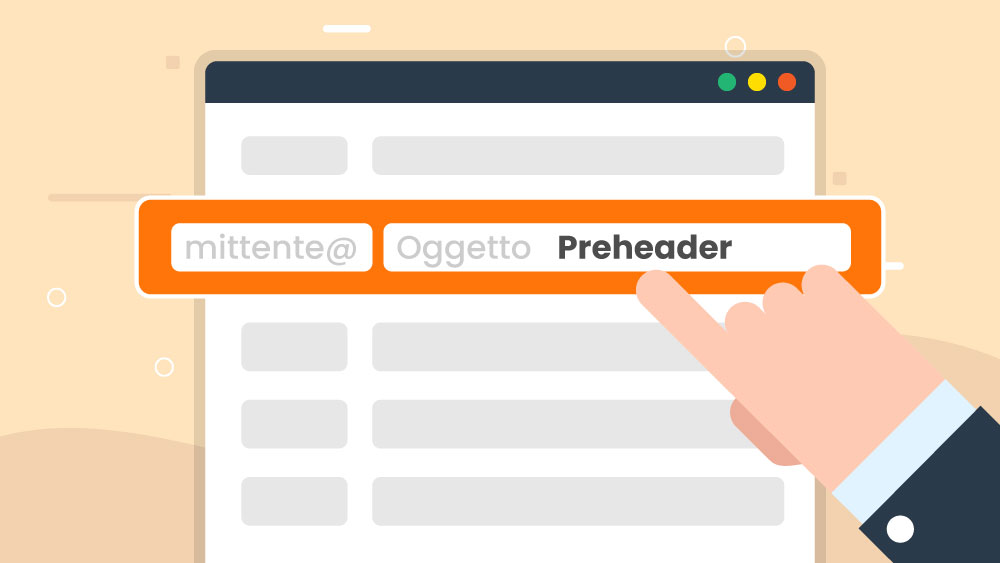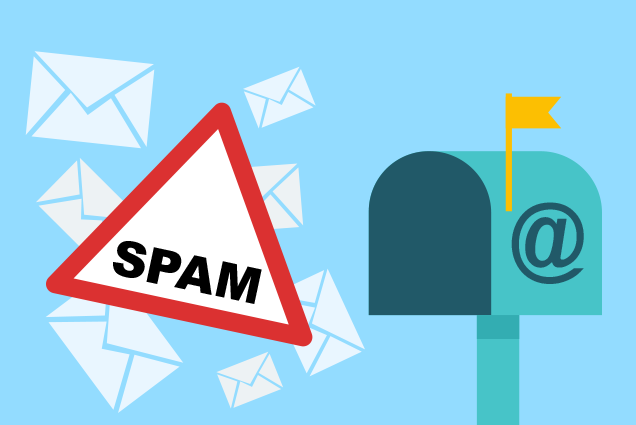A purchase of your product or service by a customer is always a victory of trust over doubt. A new customer can never be sure that you’ll meet his need. When he makes a purchase, he shows that he believes that you will do exactly what your copy says you’ll do. Email reviews are one of the best tools to move a new customer from doubt to belief.
You can see this process in action all the time. Browse an ecommerce site like Amazon for a purchase, and you’ll find yourself focusing on items that have a large volume of reviews and a high average rating. They’re always the most credible.
In this post we’ll explain how Emailchef helps you collect email reviews and how you can take advantage of those reviews with instant actions that benefit users or authors, fueling the positive circle of trust and communication.
Opinions Influence Purchases
Susceptibility to reviews is normal. When it comes to making an outlay, each of us is sensitive to warning bells. We’re influenced by the opinions of others, especially if they come from people we perceive as our peers—people who are like us.
A constant flow of reviews reinforces the authority of the brand.
According to studies:
- 85% of consumers read online reviews of stores and businesses before making a purchase decision. Seventy-nine percent of them trust online reviews as much as personal recommendations from friends or relatives;
- 57% of consumers leave a site that doesn’t load within three seconds;
- 92.6% of people say that graphics and images are the main factor influencing their purchasing decisions;
- 41% of cart abandonments are caused by unexpected charges during checkout, 29% by mandatory registration on the platform, 11% by unclear delivery information, and 10% by long checkout processes;
- When it is time to pay, over 80% of consumers feel more confident when they can see the logos of reliable banking institutions.
How to Ask for Email Reviews with Emailchef
When working with the Emailchef newsletter editor, look for the “Blocks” section on the left, then find “Specials” in the drop-down menu. You can add customizable graphics that allow the user to evaluate your service.
Of course, you’re not just looking for a numerical score. A link in each evaluation can also refer users to your site where you can ask for a more detailed opinion with a simple survey.
Once the survey has been completed, reward the user with a small gift (or at least a “thank you!”) If the review is positive, you can also ask for permission to use it in your next newsletter, along with the contributor’s name and a picture. You get a genuine testimonial…and the user gets to be famous!
An Autoresponder for Each Evaluation
Thanks to Emailchef’s autoresponders, you can automate the sending of different emails according to the judgment left by the consumer. If the reviewer delivers a mediocre score, you can make do with thanking them.
On the other hand, if they give you a high score, reward them with a new opportunity to take advantage of your services. Offer a discount on the next purchase or a small gift, together with a proposal to subscribe to your newsletter to stay up to date with news and promotions.
Autoresponders are an exceptionally flexible and powerful tool. Even if your company runs a brick-and-mortar store such as a shop, hotel, restaurant, or gym, you can use autoresponders to bring back occasional customers.
Automating the sending of these emails is easy. Use segments to put email addresses together into groups with specific characteristics. All users who have clicked a particular link will receive an autoresponder that you have prepared in advance.
Our support team will be happy to help you put this solution into practice. It’s used by all the ecommerce giants.
For Fresh Reviews, Use Social Networks Too
In addition to emails, don’t ignore social networks to get reviews and images concerning your products or services. Users are often happy for the experiences they spontaneously share (with pictures) to be used by the brand for marketing purposes.
-
-
That’s why companies invite users to use certain hashtags when they talk about the brand on social networks. Instagram is particularly suitable for receiving a potentially infinite flow of feedback and fresh images.
This is user generated content that makes a difference.




